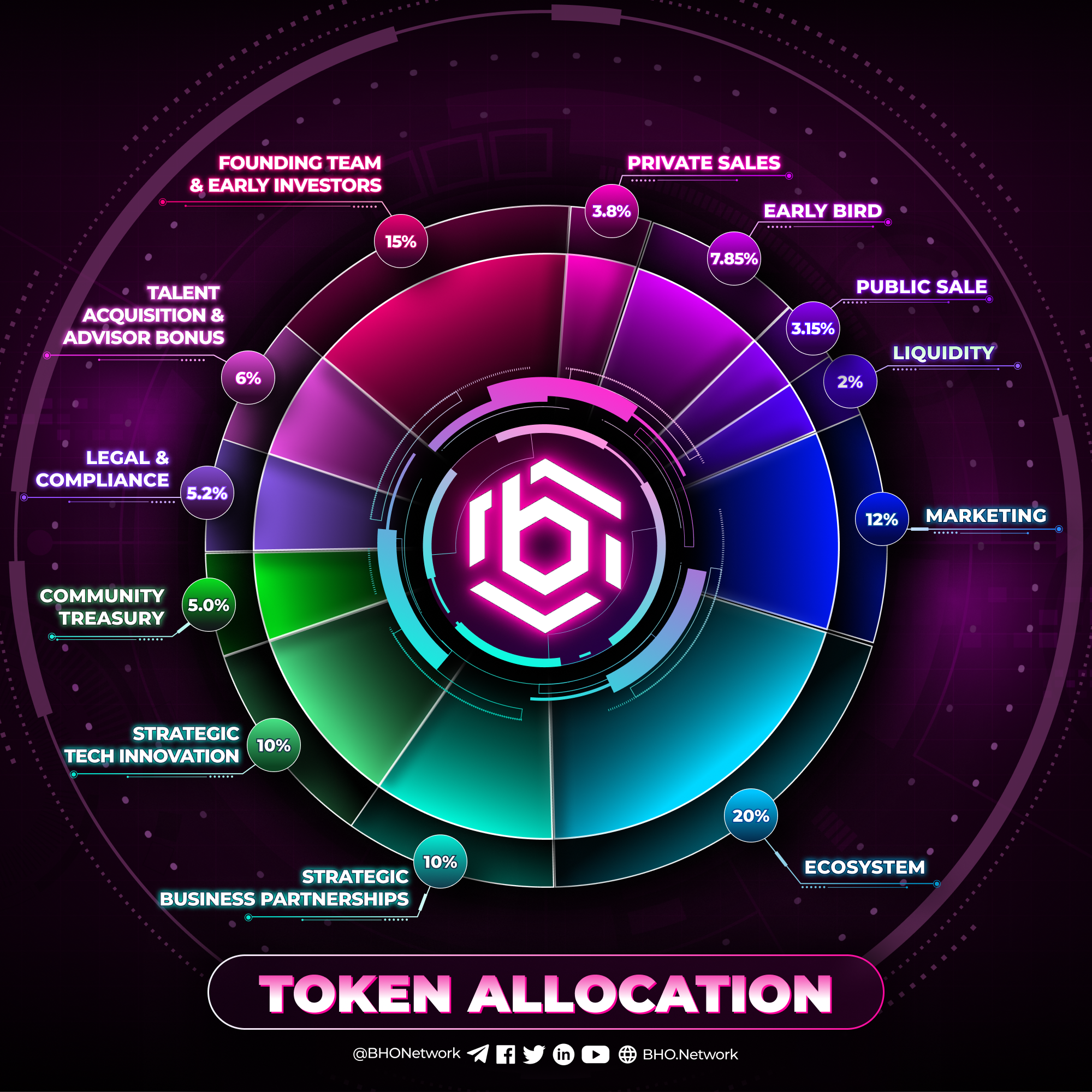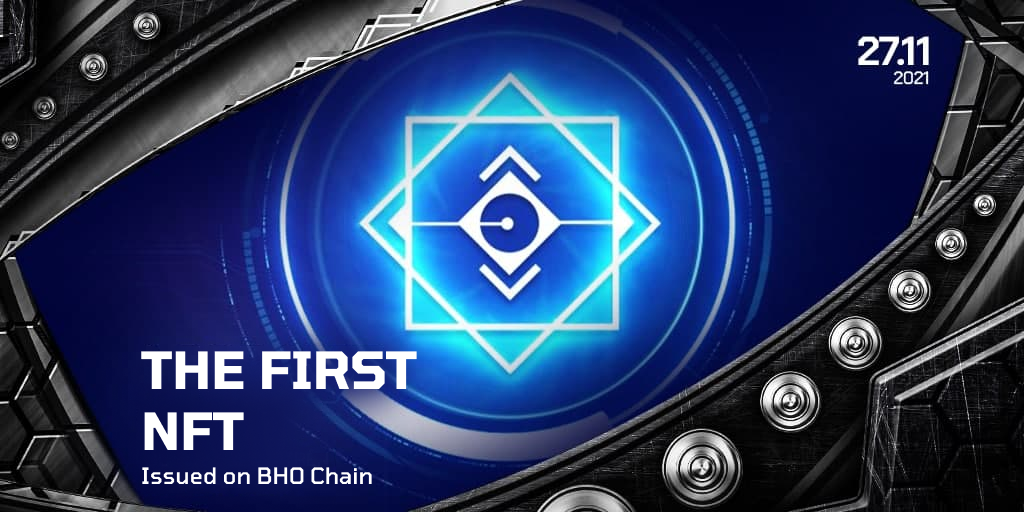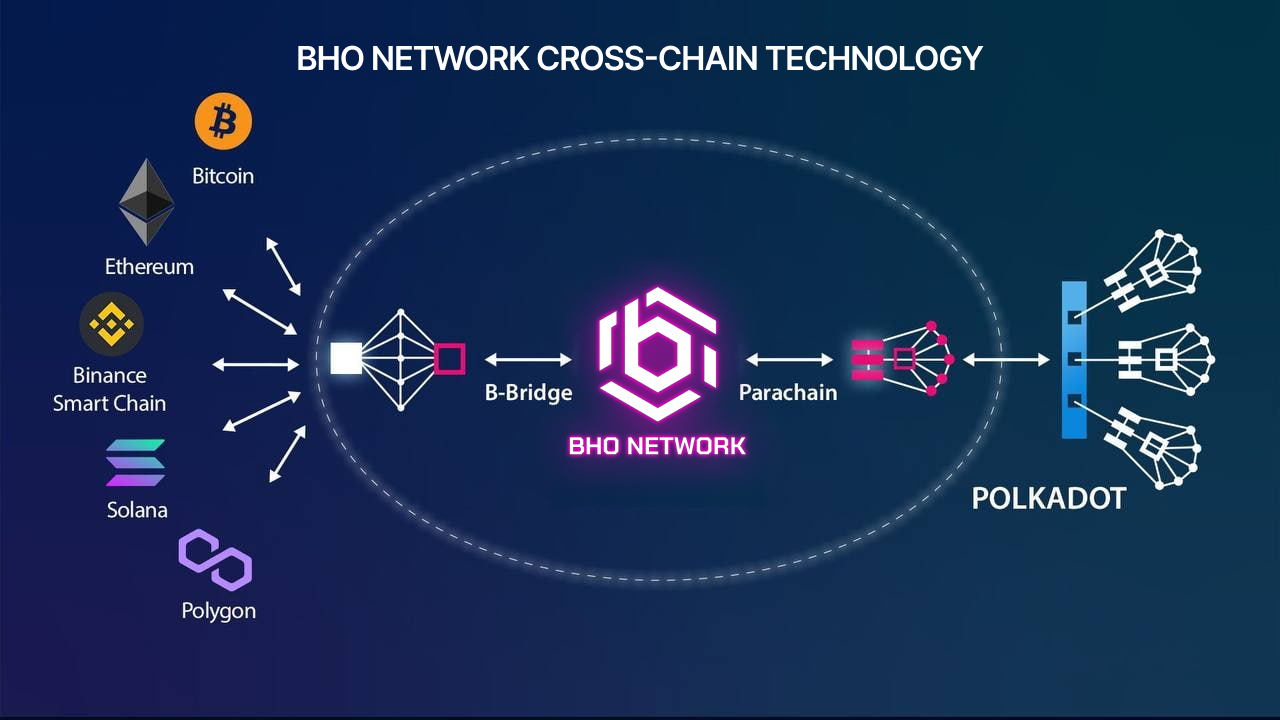WHAT IS RESTAKING?
Restaking is a concept that is increasingly gaining popularity within the cryptocurrency community. This technology refers to an efficient method of boosting capital-efficiency, enabling users to stake the same token on the main blockchain as well as other protocols, thereby contributing to the security of multiple networks simultaneously. While this method offers users more rewards for securing multiple protocols, it also entails facing higher slashing risks.
The security architecture of blockchain is primarily divided into two types: Proof of Work (PoW) and Proof of Stake (PoS). In the case of PoS networks, assets are committed to the network's security infrastructure through a process called staking. Users stake their assets with a validating node on the network, where the network's security depends on the number of active validators, the percentage of total circulating tokens staked, and how these tokens are distributed across active validators.
To enhance the utility of these staked tokens, restaking protocols have emerged to put them to use. One prominent example of this is EigenLayer, which allows protocols to leverage Ethereum's trusted network without needing to establish their own validation set.
So, what exactly is Restaking?
Restaking involves staking an asset again after the initial stake. Restaking assets allows users to stake them on a different staking program or platform, improving the utility of staked tokens and providing owners with additional rewards (though with added slashing risks).
Let's consider Ethereum as an example. The Ethereum network is one of the safest PoS networks due to the density of validators and the allocation of staked assets on these validators. However, as mentioned earlier, staked ETH remains idle within the Ethereum network, prompting the emergence of Liquid Staking Derivative tools, where staked ETH is transformed into LST (Liquid staked tokens) usable in DeFi. Moreover, Liquid Staking Derivative tools have no minimum stake requirement unlike original staking on the Ethereum network, which requires a minimum of 32ETH, enabling smaller investors to participate and benefit from the staking process.
Restaking goes a step further than LSD. Restaking protocols enable other decentralized protocols to use assets staked on Ethereum to improve their own security. Validators and assets committed to this purpose are rewarded according to incentivization terms set by the protocol or platform for hire. Validators and nominator stakers earn rewards from both the original Ethereum network and the network or protocol on which they are restaked.
The goal of restaking is simple: to provide more value to stakers and other protocols, including the project itself providing restaking resources. Before this technology emerged, staked assets were locked and committed to a single purpose within a single protocol. Restaking has changed this, effectively managing resources in terms of capital. Stakers provide more services with a single asset and earn more rewards for this role, as restaking protocols turn restaked assets into flexible assets that can be used for various investment methods. For assets staked on PoS networks, restaking aims to enhance security across multiple protocols by turning the PoS security layer into a commodity. This means that other protocols and networks can borrow this foundation to develop or reinforce their security. As this idea continues to evolve, we may see more interesting use cases for staked assets through restaking protocols.
Published on March 01, 2024






